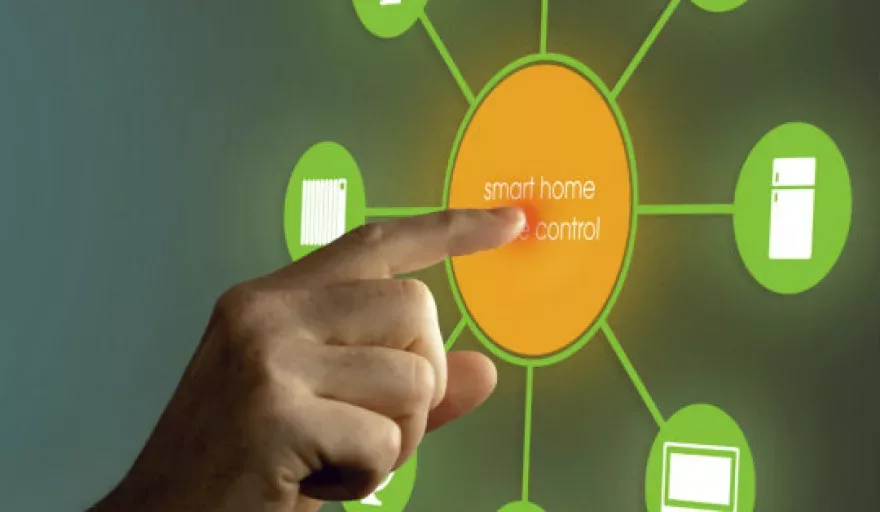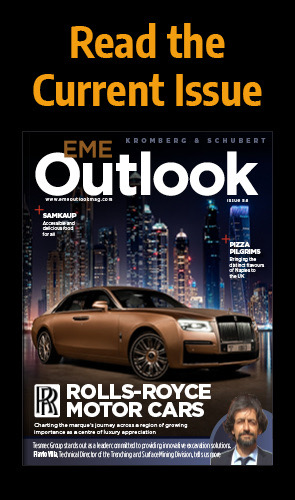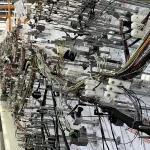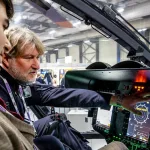Danish physicist Niels Bohr once said: “Prediction is very difficult, especially if it’s about the future.” He might well have added, ‘Especially when it comes to the impact of technology on our lives’.
There are many definitions of the Internet of Things (IoT), but at its most basic, it involves billions of devices connected to the internet and communicating with each other. These can include televisions, washing machines, cars and wearable devices. In many cases, the devices will communicate and respond without any human interaction – so-called machine-to-machine (M2M) communication.
The speed and the scale of the IoT’s growth is staggering. Gartner forecasts that the IoT will consist of 26 billion connected devices by 2020, creating a $300 billion market. GfK says that in 2014, two billion core internet devices would be sold, with more than half of them (1.2 billion) being smartphones. GSM Intelligence says global M2M connections reached 195 million in 2013, and now account for 2.8 percent of all global mobile connections.
Today, we can buy a smart thermostat costing less than £200,that connects to the internet and can be controlled from anywhere. The IoT is already here. Where it might be going is even more interesting.
A SHIFTING LANDSCAPE
We all know how much technology has transformed corporate communications, from email to smartphones, and unified communications to bring your own device (BYOD). The rise of flexible working and mobile workers has driven a lot of these changes.
The need for more flexible, agile telecoms solutions has already seen many businesses shift from ISDN to SIP (Session Initiation Protocol) Trunking, which connects the company PBX to the PSTN via a broadband connection. While Ofcom notes that the number of ISDN channels is declining by around 300,000 a year, Illume Research forecasts that the number of SIP trunks will rise from one million in 2014 to 3.3 million by 2018.
The reasons for this trend include the rise of IP telephony and unified communications, and the need for greater flexibility. SIP is also ideal for cloud-based PBX solutions, and the cloud is at the heart of many IoT systems. That’s why the IoT is likely to accelerate the SIP market even further, because ISDN is not flexible enough.
CORPORATE COMMUNICATIONS
How the IoT impacts on corporate communications will depend on a number of factors, including the business sector. But the IoT will undoubtedly make businesses even more open and put more power literally in the hands of employees equipped with a smartphone and apps.
Today, many employees can access the company voicemail system while away from the workplace; tomorrow, the IoT might allow them to access the office coffee machine, printer and other devices from their smartphone. The key for businesses is to have the telecoms solutions and infrastructure in place to exploit the potential of the IoT.
THE CHALLENGES AHEAD
Technology sprints, while culture walks. One of the biggest challenges facing the IoT will be a shift in corporate culture. Will employers be happy to hand even more power to their employees? Some companies will embrace this change, but others may be reluctant, and often for good reason.
A big challenge for the IoT is security and privacy. If your company’s heating, lighting, security systems and numerous other devices and systems, can be controlled from a smartphone, what happens if the handset gets into the wrong hands?
We have already seen the havoc hackers can wreak by accessing company databases and gaining all kinds of data, from personal records to credit card information. Imagine what harm they could do with a device that lets them access and operate key company systems.
That is why organisations setting IoT standards, like the AllSeen Alliance (whose members include Micorsoft, Electrolux and Sony) and the Open Interconnect Consortium (members include Cisco, Intel and Samsung) have put security and privacy at the top of the agenda. Companies wishing to exploit the IoT will also need to ensure that their telecoms solution is robust, resilient and secure.
A ROAD THAT TWISTS AND TURNS
If technology has taught us anything, it’s that things never quite turn out as we predicted. Who would have thought how the computer, mobile phone and the internet would transform corporate communications in the way they have?
The road ahead for the Internet of Things will have many twists and turns, and we may well turn off into a few blind alleys. But few doubt that it will change the way millions of businesses operate, and that includes the way they communicate. One thing’s for sure though, and that’s that communications, whether they’re M2M operated or not, will need to be flexible enough for the agile future that awaits.
By Cem Ahmet, Gamma Business Communications

















